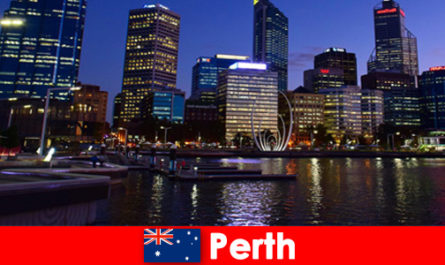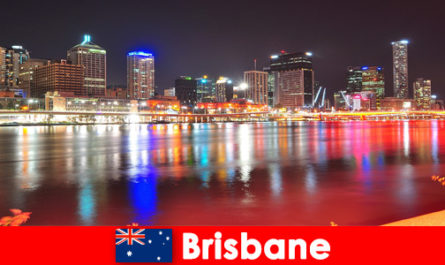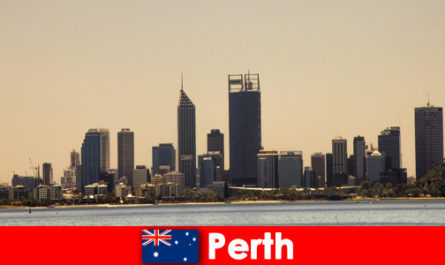Sydney has many nature reserves and a central national park, Sydney Harbor National Park, which is named after the waters of the Pacific Ocean. The park belongs to the state of New South Wales and has an area of approximately 4 square kilometers. Overall, the place stands for bays and occurrences with many stretches of coast that have been shaped by nature and have not changed significantly, as part of the protection in the 1970s and the park was expanded and expanded in the following years. There are several routes that you can follow through this park. The area is part of the land of the Eora and the park is best explored with a coastal hike, a stroll and a boat tour. Humpback whales can be seen in the ocean.

Diverse flora and fauna of the national park
A diverse nature in the form of extensive flora and fauna can be visited and discovered on the exploration trip. It consists of heather areas that have raised the tree growth. Additionally there is a woodland and eucalyptus forests which are impressive. You will quickly recognize this by the specific smells of the trees. The wind spreads these quickly in the air. There is a chance you will encounter koala bears that feed on this plant. It is possible to meet various marsupials and fruit bats, as well as bats and cormorants. The area includes islands and Sydney Harbor. The area used to be settled by the Aborigines until the European settlers slowly ousted them as a result of British colonization. You can still understand the history in the museums, in order to experience an alternative as part of self-education about the areas in addition to the exploration trip.
Preparations and regulations
Bushfires have also changed the area. And different, changing weather conditions have reshaped the country. You should bring enough food with you on the trip, because there are not many opportunities for shopping in the national parks. That is not in the sense of an extensive hiking tour, stopping off at one place, but rather it is crucial to get to know the untouched nature through the protection status. This is associated with regulations that you have to adhere to, so that you are not allowed to stay off the beaten track, leave no rubbish behind and do not camp outdoors. One encounters animal and plant species that do not exist elsewhere and receives information from nature and animal books first hand, if one can observe the animals from a distance.
Summary and Outlook
In conclusion, one can say that the exploration of the national park around the capital in Australia has many surprises in store, because one encounters animal and plant species that will not be found anywhere else. It is a comprehensive protected area that was created in the 1970s. Bushfires and weather conditions have changed the area and the heather areas outweigh the forest areas. The best way to travel and hike through the national park is to use the coastal paths. Humpback whales can be seen visiting the coastal areas in summer. The areas, flora and fauna that you encounter on the trip are impressive. These invite you to pause for contemplation, which you can capture with the camera in order to create a memory for yourself after the trip from Australia.
 Dansk
Dansk Deutsch
Deutsch Español
Español Français
Français Indonesia
Indonesia Italiano
Italiano Magyar
Magyar Melayu
Melayu Nederlands
Nederlands Polski
Polski Português
Português Русский
Русский Română
Română Tiếng Việt
Tiếng Việt Türkçe
Türkçe Українська
Українська български
български Ελληνικα
Ελληνικα 한국어
한국어 हिन्दी
हिन्दी 日本語
日本語 简体中文
简体中文




